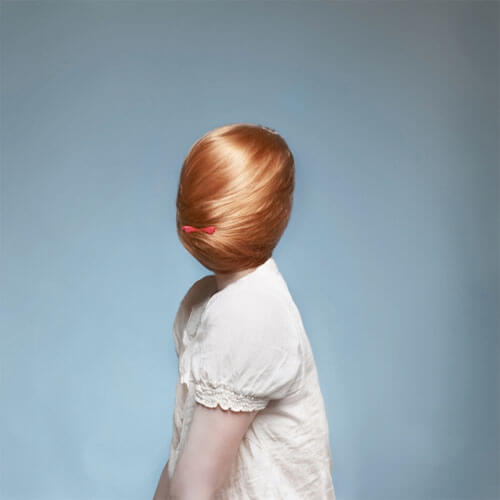Maia Flore was born in 1988, in France. She is currently living in Paris.
Graduated from Ecole des Gobelins in 2010, she joined Agence VU' in 2011. Her approach fits into a research of coincidences between reality and her imagination. Her world is a complete fabrication in form of touching and enchanting narrations, even surrealistic.
This is in Sweden she begins her first series "Sleep Elevations", a journey that indulges in childhood memories.
During the summer of 2012, while her first residence in Finland, Maia Flore explores new methods of representation and narration. These researches will then continue at the Arts Center of Berkeley, California. Resulting two series (Situations and Morning Sculptures) that continue to explore the feelings of confusion in which the photographer places her characters as her audience.
She is exposed for the first time in February 2011 at the festival Circulation (s) of the Young European Photography in Paris.
More recently, as part of a White Card from Atout France and the French Institute, Maia Flore depicts the French heritage through her dreamy world in the series "Imagine France – Le voyage fantastique" exposed in Bercy Village until September 2014.
In 2015, she wins Le prix HSBC pour la photographie.
Source: Agence VU
Situations (2012)
In the Situations series, a girl runs through varyingly weathered landscapes donning a striking red outfit. In search of a sublime freedom, she travels to find fleeting moments of communion with nature. Draped in red, she catches the light of the sun or buries herself in the fog. As though she were attempting to rediscover this space, she roams on land-locked clouds that evaporate into the landscape upon the return of the sun as it chases away their mystery. Like a game between reality and fantasy, the clash between clairvoyance and a moment of madness, the girl is amused by her emotional confusion.
Sleep Elevation (2010)
"Those who dream by day are cognizant of many things which escape those who dream only by night," Edgar Allan Poe. This is how these girls, carried away in the air by objects, let themselves travel through boundless landscapes. Flying towards dreamed lands, making real a complete attraction between the character, his ideal universe and the world they live in: that is where these girls lead us. Their contorted movements are merging with the shape of the one revealing their passion. Mix of an imaginary realism and childhood memories, these beings in levitation invite us to dream, limitlessly.
